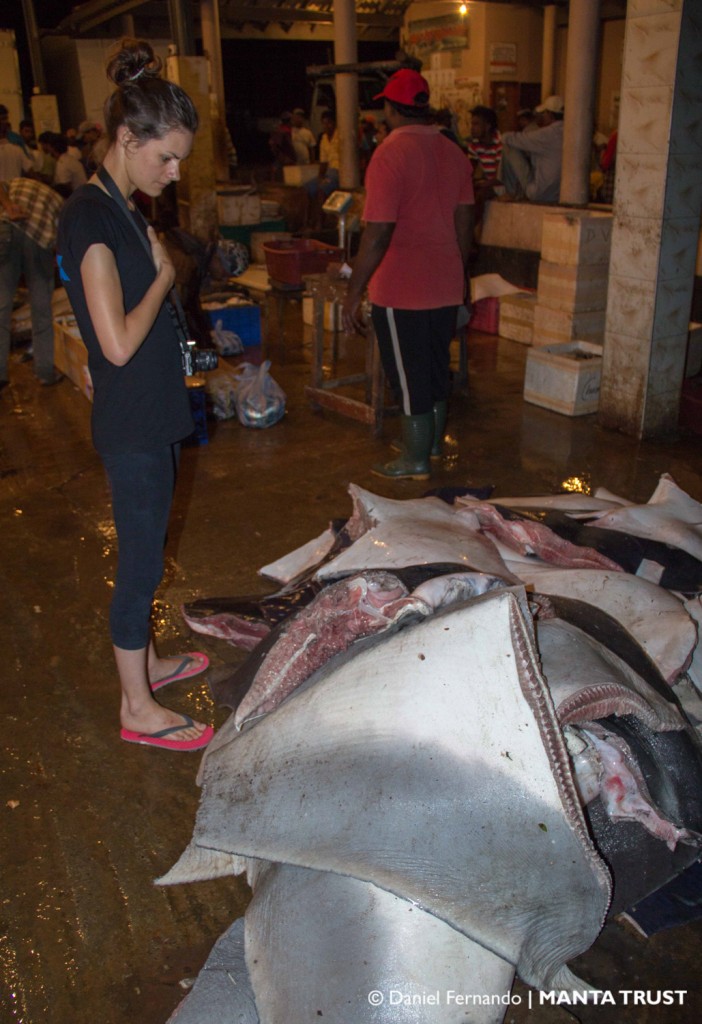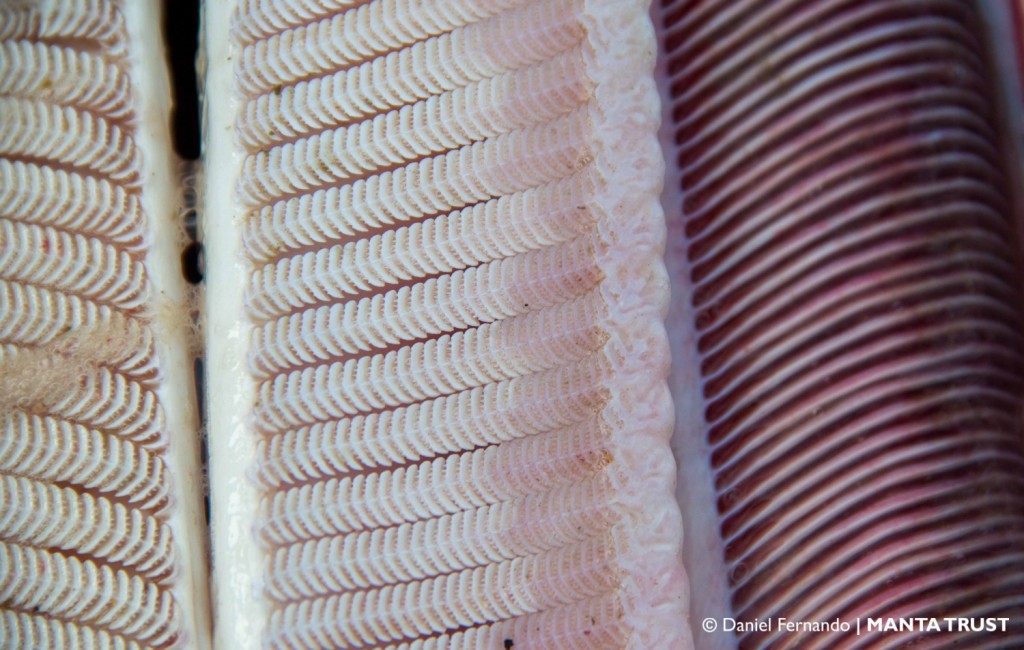sri lanka: fish markets

In the early hours of the morning, a mild smell of fish taints the warm, still air. The streetlights reflect in the fishy liquids lining the side of the road and there is a quiet calm about the place until we reach the hive of activity under the canopy of the market. Rows of tuna line the slippery floors with eyes like frosted glass — the clouded window to an un-fresh fish — whilst a pile of around 50 mobula rays lie in the centre, like a funeral pyre.
I am currently sitting in Sydney airport with some time to reflect on the last weeks in Sri Lanka. In particular, I can’t help but think of the fishermen who endure relentless conditions for weeks at sea, sometimes travelling to as far reaching places as Indonesia and the Chagos Archipelago, resulting in scenes of destruction at markets daily. Until 2006, the civil war in Sri Lanka left its waters relatively untouched due to fishing restrictions and inadequate resources. A bounty of productivity was waiting, however now eight years since the end of the war, fishermen and researchers are beginning to notice declines. Catches reach an estimated 55,000 mobulids per year, making up around half of the total global catch. Indeed, Sri Lanka is one of the world’s largest exporters of mobulid gill plates for the Chinese medicine trade. However, this trade is not steeped in tradition; the marketization of gill plates only began some 10 years ago.

Despite the blood and destruction, fishermen and traders at the market are upbeat and determined. As fish are flung over shoulders, manta wings stepped on and tuna hacked into chunks, there is a true sense of commodification and I am made to feel unexpectedly desensitised.
Seeing the markets in the flesh puts the shocking scale of the fishery into perspective, but it is the contents of a truck — that travelled from the South of the country that morning — which has the greatest effect. A 3.75 metre oceanic manta is inside, wings curled up the sides with ropes tied around its gill slits. Behind it, and covered in ice, are another six. It takes a tug of war with seven men to pull each animal out. One by one, they are smacked onto a ground covered in blood and dragged to the side. It is a brutal procedure.
There are a total of 15 oceanic manta rays at Negambo market this morning, which is the most ever recorded. Seven of these are ‘whole,’ another unusual occurrence. The largest oceanic is a rare kind; it has white gill plates which are sold for a higher price in Chinese markets. Yet to increase the profit margin, exporters have convinced fishermen that their value is less. Not until the sun has well and truly risen are the misunderstood gill plates of the last animal removed. Like threads of white sequins, perfectly adapted for their function, tossed into a plastic bag to be dried.

Sri Lanka is country of contrasts with empty toll roads next to lively free-for-alls, Buddhist fishing villages and Christian towns, and both the preservation and destruction of life. By the time you read this I will be contrasting Sri Lanka’s manta fisheries with the manta feeding sites of beautiful Fiji and no doubt enjoying seeing these animals alive again.
Also published here.